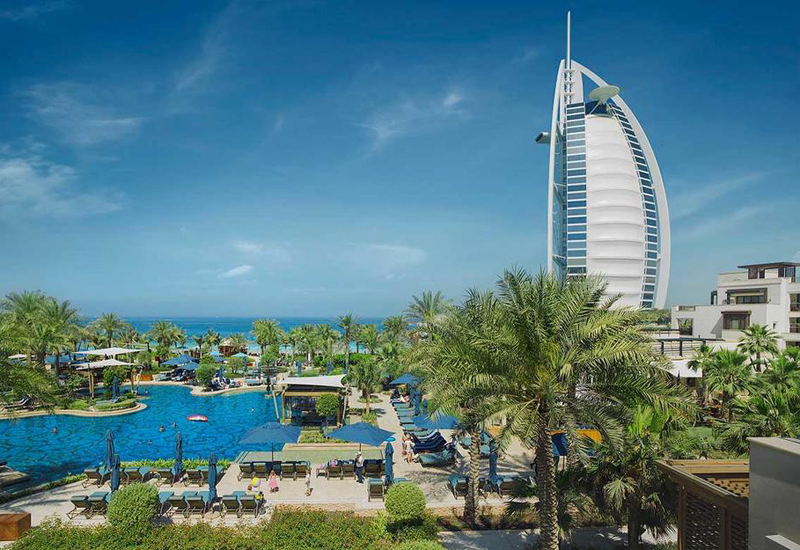Approximately 4.7 million international visitors in the first quarter of 2018, a 2% increase over the same time period last year, according to new figures from Dubai’s Department of Tourism and Commerce Marketing.
According to Dubai Tourism, there was a 7% increase in the number of Indian visitors to 617,000, which helped level out a relatively stable second place Saudi Arabia (which saw a 1 percent decline) and as well as an 8% decrease in visitors from the UK.
The fourth largest source market was Russia, from where 259,000 tourists visited in Q1. The figure represents a 106% increase over Q1 2017, which Dubai Tourism credits to the availability of visa-on-arrival facilities for Russian citizens. China came in fifth with a 12% increase in visitors to 258,000.

| Advertisement |
Most European countries saw double digit increases in the number of visitors that came to Dubai. Germany, for example, came in seventh place with a 13 percent increase in visitors to 194,000, While French visitors rose 12% to 103,000 and Italian visitors increased 2% to 80,000.
Of the rest of the top 10 feeder markets, six place Oman saw a 4% reduction from Q1 2017, while visitors from the eighth place US rose by 2%. Nine placed Iran and tenth placed saw declines of 19 and 22%, respectively.
From a regional perspective, Western Europe contributed 23% of all overnight visitors, compared to 17% each for South Asia and the rest of the GCC, 11% for the wider MEA region, 10% for North and Southeast Asia, and 10% from Russia, Eastern Europe and the CIS.
“The first quarter of the year has yielded stable performance supporting strong growth for all adjacent sectors like hotels and airlines,” said Helal Saeed Almarri, the Director General of Dubai Tourism. “We expect to build on this strong base of 4.7 million visitors, to accelerate momentum through the summer and beyond – on the back of our strategic investments, partnerships, and policy enablers that are geared to collectively drive strong growth in 2018.”
Almarri added that a number of new attractions throughout Dubai are due to open later this year and are likely to increase the emirate’s attractiveness to potential visitors.
Our investments are prudently prioritised to ensure we create the most effective amplification of our appeal to both first-time and repeat audiences, as well as deliver the most efficient conversion outcomes across our diversified base,” he added. “Through our growing networks across the digital, social and mobile-led marketing channels, we expect to further our outreach and advocacy organically as a strong complement to our annual programme of global integrated campaigns.”
At the end of March, Dubai’s hotel room inventory stood at 108,808 across 689 hotels and hotel apartments, representing year-on-year increases of 4 and 1%, respectively.





